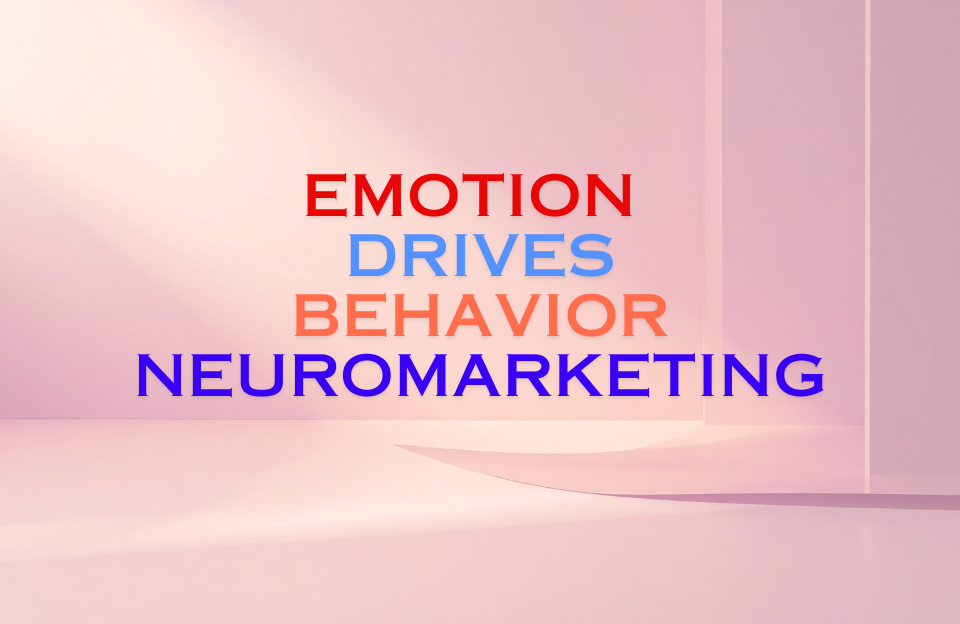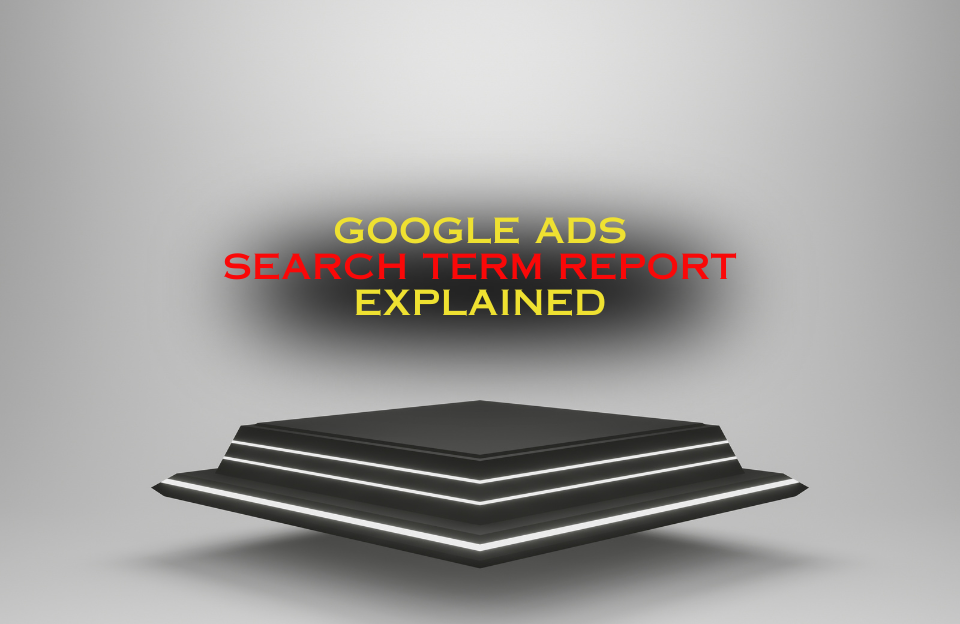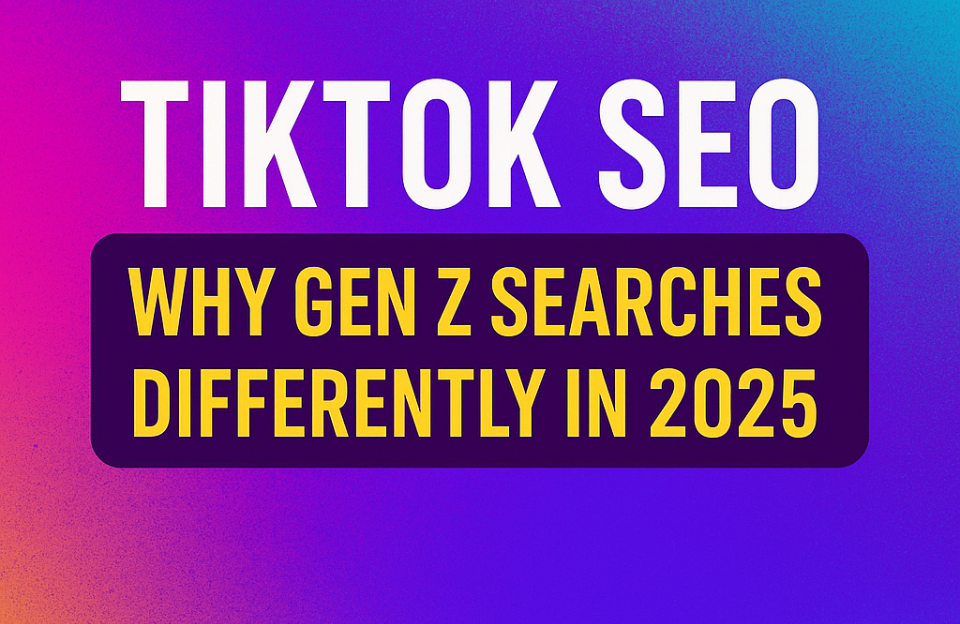We like to believe we make rational choices. But the truth is: we don’t. Long before logic has a chance to speak, emotion drives behavior. Whether we’re buying a product, choosing a partner, or forming an opinion, our emotional brain makes the first move—and often the final one too.
We Feel Before We Think
Every second, your brain processes millions of sensory inputs. But conscious thought only handles a tiny fraction. The rest? It’s filtered through a powerful, fast, and deeply emotional system known as the limbic brain. This is where our instincts, memories, and emotions live—and where most of our behaviors are born.
Think of the last time you made an impulse buy. It probably wasn’t because of a spreadsheet or product comparison—it just felt right. That feeling wasn’t random; it was your emotional system signaling what your logical brain hadn’t even analyzed yet.
The Science Behind Emotion-Driven Behavior
Neuroscientist Antonio Damasio discovered something profound in patients with brain damage in emotional areas. They could describe choices logically—but couldn’t make decisions. Without emotion, even simple decisions became impossible.
This led to his now-famous theory: the Somatic Marker Hypothesis. It proposes that emotions act as shortcuts—mental bookmarks that help us assess options quickly. These emotional “markers” are tied to past experiences, gut feelings, and subconscious cues. They drive behavior far more than we realize.
Emotion Is the Default Setting
When faced with a choice, your brain doesn’t default to logic—it defaults to emotion. In fact, your emotional brain responds up to 5 times faster than your rational brain. It reacts automatically, below awareness, using signals like:
- Facial expressions
- Colors and shapes
- Sounds or music
- Familiar scents
- Past experiences or memories
Marketers and communicators who understand this don’t just present facts—they evoke feelings. Because that’s what people actually act on.
Why Logical Arguments Often Fail
Even the strongest argument can fall flat if it doesn’t connect emotionally. That’s because emotion provides meaning. Logic only offers justification. When people say, “I had a good feeling about it,” they’re describing an emotional cue, not a rational calculation. That’s why campaigns that tell human stories—of joy, struggle, or hope—outperform those that list specs or statistics.
Examples of Emotion Driving Behavior
- Charity donations: People give more when shown one emotional story than when shown statistics about thousands in need.
- Political choices: Voters are more influenced by fear, hope, or pride than by policies or platforms.
- Consumer behavior: We buy based on brand emotion—what we feel about Apple, Nike, or Patagonia—not their feature list.
Marketing That Moves People
Emotionally intelligent marketing doesn’t manipulate—it resonates. It speaks the language of the heart before the brain even engages. Some of the most effective techniques include:
- Storytelling: Stories trigger empathy and release oxytocin—the “trust” hormone.
- Color psychology: Colors like red (urgency) or blue (trust) shape perception instantly.
- Music & sound: A sound can anchor a memory or stir nostalgia (think Netflix’s “ta-dum”).
- Visual cues: Facial expressions and body language activate mirror neurons and emotional mirroring.
Emotion Drives Long-Term Loyalty
Behavioral science shows that customers who feel emotionally connected to a brand are more than twice as valuable as those who are merely satisfied. Loyalty isn’t built on logic—it’s built on emotional resonance, shared values, and meaningful experiences.
Think about how you feel about brands like IKEA, Spotify, or Airbnb. Chances are, your loyalty comes from how they’ve made your life easier, more exciting, or more human—not from a features list.
Conclusion: Behavior Is an Emotional Reflex
In every moment, emotions act as the invisible hand shaping what we do, say, and choose. From love and fear to trust and belonging, they guide our behavior with a speed and power logic simply can’t match.
That’s why successful communication—whether in marketing, design, leadership, or storytelling—starts with a simple rule: if you want action, evoke emotion.
Because in the end, we don’t think our way into behavior—we feel our way there.




